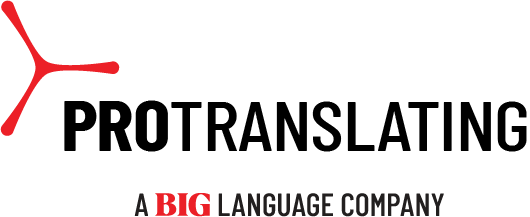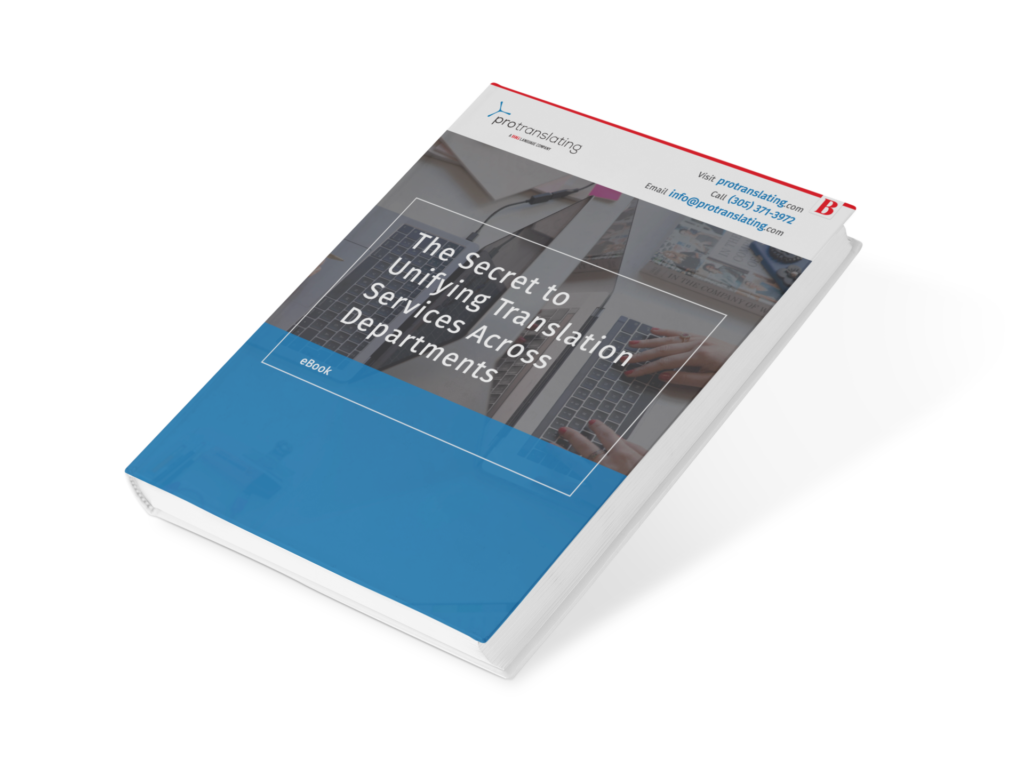Translation and localization expertise is essential for organizations to communicate effectively in foreign markets with distinct cultures. Across all cultures, moreover, hearing- and vision-impaired individuals pose a unique and additional challenge that requires specific assistive tools that work in conjunction with the translation efforts like in eLearning.
This is especially true in eLearning, which is an integral delivery system for many companies.
Audience Size
Organizations need to provide accessible learning accommodation to support millions of visually and hearing-impaired employees. This need is not likely to dissipate: disabled individuals continue to enter the workforce in large numbers, and may remain in the workforce longer than their predecessors.
Consider:
Hearing Impaired
- Approximately 48 million Americans experience some form of hearing loss and may have difficulty keeping track of educational instruction as a result.
- According to a report issued in 2019, 53% of the U.S.’s deaf population between the ages of 25-64 is active in the workforce, while 12% of all workers experience hearing difficulty. In 2018, around 40% of hearing-impaired adults aged 21-64 held a full-time job.
- The number of hearing-impaired individuals entering the workforce will likely continue long term at a steady pace, as around two to three out of every 1,000 children in the United States are born with a detectable level of hearing loss in one or both ears and 22 million Americans are exposed to hazardous noise levels in the workplace.
Visually Impaired
- Around 44% of the blind or visually-impaired working-age population is active in the workforce, and this percentage has been steadily climbing for the past nine years.
- Globally, around 2.2 billion people are visually impaired, including blindness, near-sightedness, and far-sightedness. The National Eye Institute expects the visually impaired and blind population to double by the year 2050.
- Given that visual impairment often develops in individuals older than 50 and that older workers will constitute the fastest-growing segment of the workforce from 2014 to 2024, companies should evaluate the accessibility of their onboarding and educational processes.
Reflecting the sheer number of individuals with hearing- or vision-related disabilities, companies should prioritize these audiences to the same degree they prioritize non-impaired learners. This requires partnering with expert third-party providers that understand how best to communicate with these groups because they need specific accommodations that meet the challenges imposed by the type and severity of their disability. This, of course, requires not only understanding the range of potential situations, but also the available tools and solutions.
The Impact of Section 508
Section 508 of the Workforce Rehabilitation Act seeks to open up opportunities for disabled populations by eliminating information technology barriers – and developing assistive technologies – in the workplace. It requires federal agencies and their contractors to make their digital information accessible to disabled populations.
The guidelines focus on what information technologies and websites do and how they function, as well as an individual’s ability to access information based upon the design, navigation, text, pictures, and videos that accompany federal technologies.
Importantly, Section 508 compliance also affects translated content. Specifically, localized websites also need to be accessible (for instance, for persons with hearing or vision loss and eLearning). Moreover, localization and accessibility are required for some subsections of the domestic disabled population who also don’t speak English as their first language.
Notably, Section 508 isn’t limited only to federal agencies. It also imposes requirements on organizations or companies that do business with federal agencies, including private contractors, the financial industry, healthcare companies, and legal organizations, among others.
Many of these other companies increasingly are partnering with specialized providers to meet accessibility standards voluntarily, and are reaping the rewards with higher revenue, net income, and profit margins than companies that are not doing so.
In order to reach a wider audience, for instance, they are partnering with third-party providers to make new or pre-existing content more accessible. Utilizing an expert service provider shortens the time commitment required to retrofit companies’ existing tools, courses, and other content. Others are opting to include the disabled community as an important audience right from the start by weaving accessibility into the foundation of their practices and technologies.
Going Forward: Key Takeaways
- Persons with disabilities constitute a unique culture for eLearning. It is imperative that organizations understand the functional differences between various disabilities, their specific challenges, and the modern tools used to address them.
- Disabled individuals continue to enter the workforce in large numbers, and may remain in the workforce longer than their predecessors.
- Organizations that make eLearning courses more accessible reach wider portions of the population and are beneficial to the disabled learners who access them.
- Companies should prioritize these audiences to the same degree they prioritize non-impaired learners. This requires partnering with expert third-party providers that understand how best to communicate with these groups.
- Companies benefit financially from making eLearning more accessible because it enables disabled employees to be more productive.
BIG Language Solutions and eLearning Services
BIG Language Solutions is disrupting the highly fragmented language industry by assembling a portfolio of high-performing and complementary language service providers (LSPs). Collectively, we navigate the complex nature of language services for our customers so they can achieve global success. Fueled by an entrepreneurial spirit, we empower our companies and their teams to build and deliver resourceful, impactful, and secure customer solutions.
We offer a full range of language-related ADA Compliance services that will allow you to meet all regulatory requirements, including Section 508 which mandates access for persons with disabilities to all electronic and information technology used by the U.S. government.
In the context of eLearning and education, Big Language Solutions is a uniquely positioned provider of language translations that expands companies’ ability to train global workforces with eLearning courses. With 40 years in the language space, we are proficient at delivering culturally adapted and easy to assimilate translations that match the audience’s reading level. To do this, we work closely with clients to address specific content nuances, in-house teams of linguists and localization engineers, and various technologies like Camtasia, Lectora, Articulate, Captivate, and our ISO 9001 and ISO 17100 Quality Management Systems to ensure quality translations.







